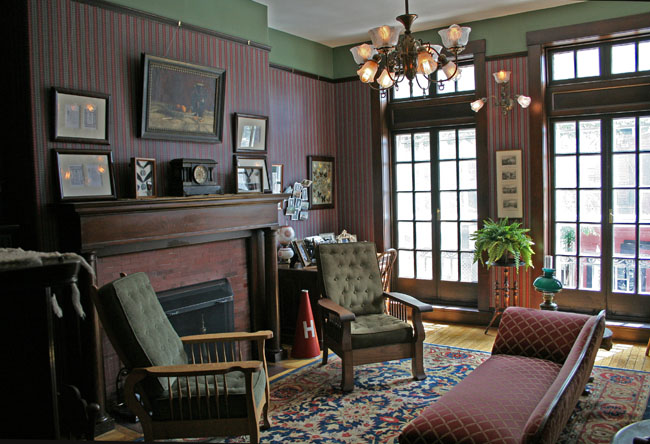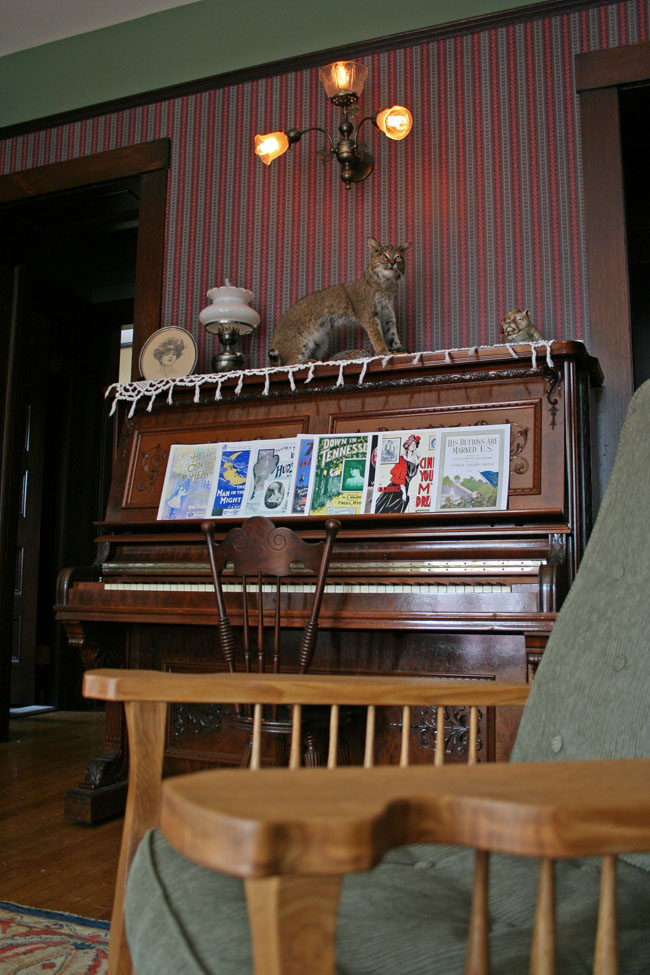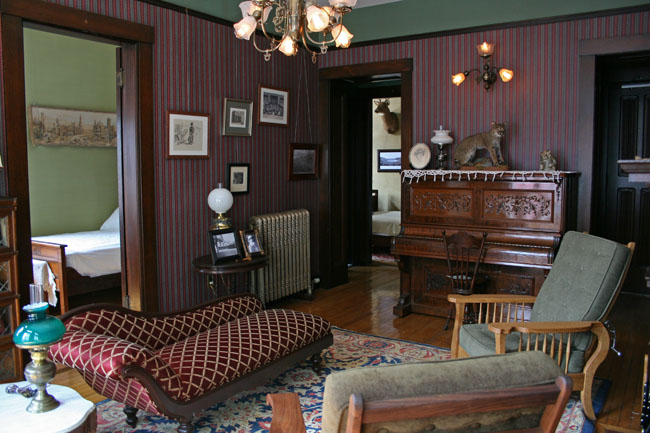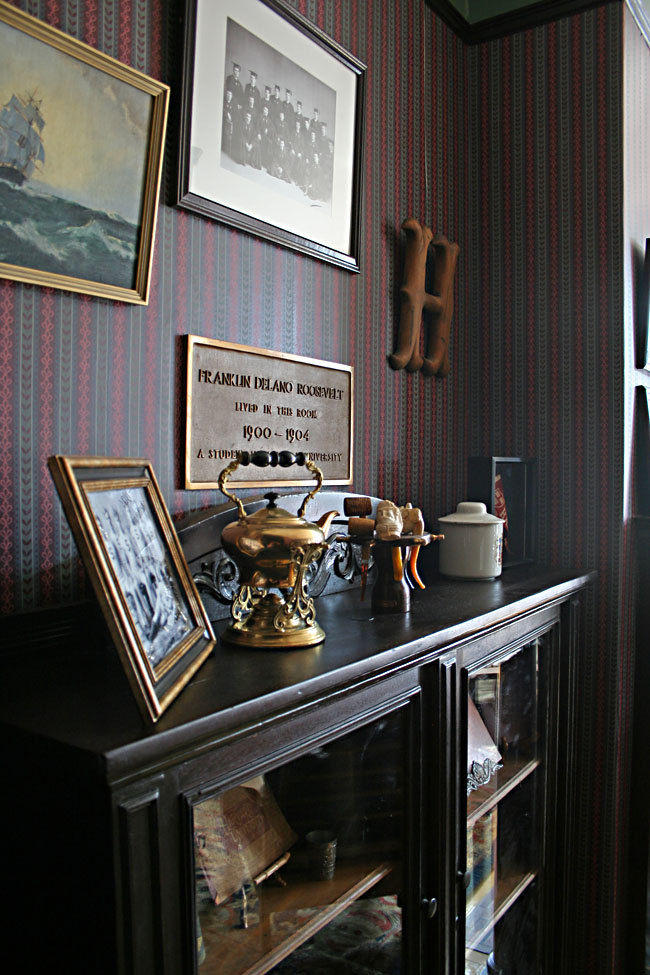
In 1942, in the first full, dark year of the War, famous Hollywood director Frank Capra had a problem. Commissioned by the Government to make a series of films to demonstrate why America should actively support the war effort, he had the daunting task of convincing a recently non-interventionist population of the need to become involved across the globe. Taking Germany’s own propaganda films, most notably Leni Riefenstahl’s Triumph of the Will, and twisting their message back on the source, Capra managed to create what is today widely credited as one of the most effective documentary-style series of all time. Originally intended solely for the Armed Forces, it was immediately released by FDR to the general public. By 1945, 54 million people had seen Why We Fight.
So, you may be wondering, what does all this have to do with the Restoration? Well, let me tell you: yesterday I was chatting with one of our alums, and I realized it’s been a while since we outlined our progress to date, and what we hope to achieve through our efforts here. So briefly, our battle plan:
The Physical Restoration of the Suite is about 75% accomplished. To date we have raised (and already spent!) a bit over $100,000, and we have approximately another $25,000 to go. I say “approximately” here because the items remaining to be acquired – textiles, rugs, a bronze, period decorative items, framed art & ephemera – vary wildly in price, and some are quite costly: we’re searching for a set of period crew oars, for instance, which will probably set us back several thousand dollars, unless some kind soul donates them. (Hint hint!) But by and large we hope to finish renovation fundraising the summer of 2011 and complete this aspect of the project by that fall.
The next item on the agenda is to develop a Virtual Tour of the Suite, so that anyone around the world can visit FDR’s student digs and understand what it was like to be at Harvard during the Gilded Age. To get some idea of what we are talking about, here’s something similar: a tour of 10 Downing Street. Since this tour was completed a few years ago, the graphics are a bit old-fashioned and we hope to do something much more sophisticated, where you can move through the rooms, select individual items and request the background information for each. Though it sounds easy, a project like this is surprisingly complicated, requiring a complete photographic catalog of the room, and some heavy-duty graphics programming well beyond my limited ken. We’re estimating that to get the site up and running will cost $50,000, but once completed, it will provide global access to this remarkable Harvard historical resource.
And finally, The FDR Scholarship Programs. We are seeking to fund two scholarship opportunities. The first provides undergraduates the chance to intern at Hyde Park for the summer, learning historic preservation, museum curatorial skills, participating in public affairs and educational programs, as well as permitting students to work with primary source documents relating to Franklin Delano Roosevelt, his life and presidency. Here we would tap into an existing program at the FDR Library and Presidential Museum, essentially funding an extra slot. The cost is $5000 per student per summer. The students work, learn, and receive a small stipend to cover expenses.
The second scholarship program is more ambitious, and is motivated by something FDR’s Harvard roommate and life-long friend Lathrop Brown said in an interview with filmmaker Pare Lorenz. Remarking on why FDR later became such an effective leader, Brown stated: FDR had traveled much more than most boys of his own age… He had an inquiring mind, and unlike other boys brought up like a litter of puppies in a kennel, who spent their time cuffing each other, he had plenty of time to spend on individualistic pursuits. Because of this, he was more mature in many respects than his contemporaries. His eyes opened earlier.” The key here is travel: by age 15, FDR had spent nearly half of his life abroad, spoke fluent French and German, and had seen much of Western Europe: the very land he would be charged to save 40 years later. It occurred to me, as a former language concentrator, and as someone who came to Harvard on full scholarship – and who returned home each summer to Milwaukee to earn money for the next school year – that while the College has done a magnificent job of equalizing the social and academic experience during the term, the summer break is entirely another matter. So to level the playing field a bit and provide less affluent students with study opportunities they wouldn’t otherwise have, we’re proposing an FDR Traveling Scholar Program, which would each year award a stipend of up to $8,000 to pay for an accredited academic program abroad, and then, once successfully completed, provide the student with a $3500 stipend to make up for lost summer wages. This program would only be available to Harvard students below a certain economic threshold, and would be awarded to those wishing to pursue clearly delineated goals that foster cultural communication and global understanding in the international spirit of FDR’s fourth inaugural address:
“Today, in this year of war, 1945, we have learned lessons—at a fearful cost—and we shall profit by them.
We have learned that we cannot live alone, at peace; that our own well-being is dependent on the well-being of other Nations, far away… We have learned to be citizens of the world, members of the human community. We have learned the simple truth, as Emerson said, that, ‘The only way to have a friend is to be one.'”
The cost of these two programs would be $16,000 per annum. At the beginning, these grants will be awarded as funds become available, but over the course of the next five years, we hope to build up a $500,000 endowment to fund these programs annually from investment earnings, as well as to finance expansion of the Suite’s educational mission. This last is critical, as while the College maintains the physical shell of Westmorly Hall, once through the door of B-17, it’s all up to us: the preservation of the interiors and the maintenance of the entire FDR Suite collection is the sole fiscal responsibility of the Foundation. We receive no funds from the College.
So this, ladies and gentlemen, is WHY WE FIGHT.
Care to join the battle? We welcome, and need, your support.
The FDR Suite Restoration Project at Adams House, Harvard College is funded entirely through your contributions to the FDR Suite Foundation Inc, a public 501(c)3 charity set up to create the only living memorial to FDR at Harvard, as well as a museum of 19th century Harvard student life. We do not receive funds from the University to support this endeavor, and we need your help!

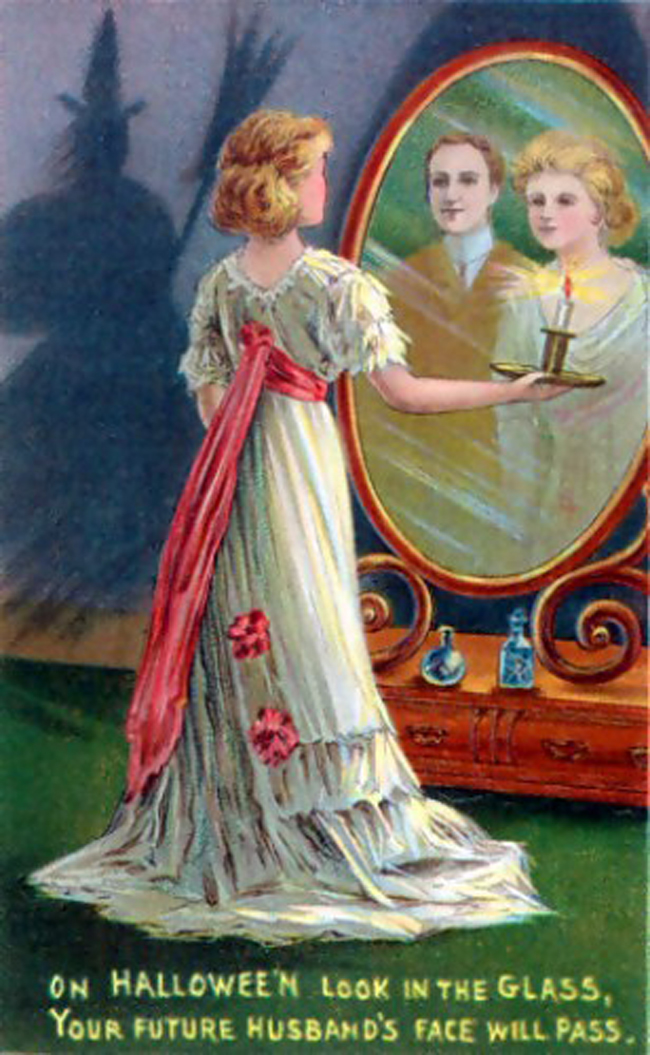
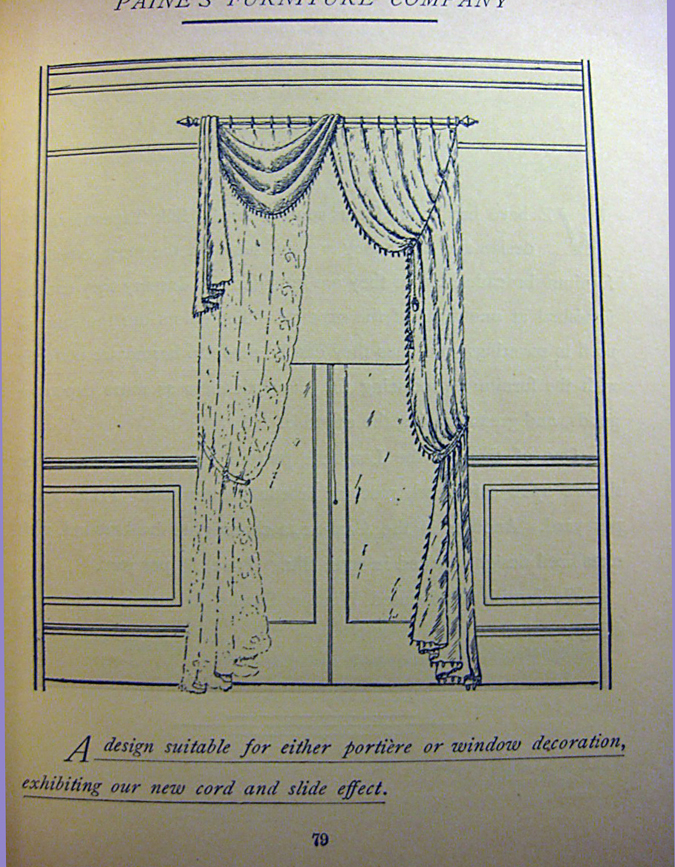
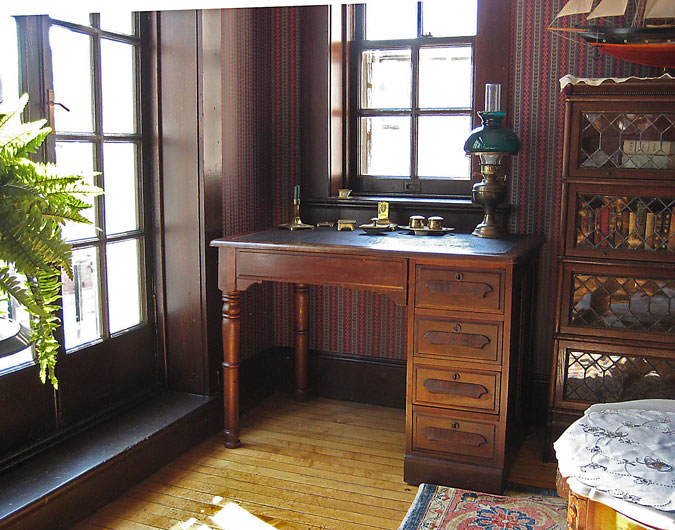
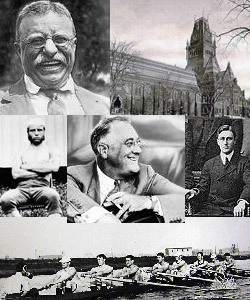 The Harvard Alumni Association invites you to a collection series:
The Harvard Alumni Association invites you to a collection series: